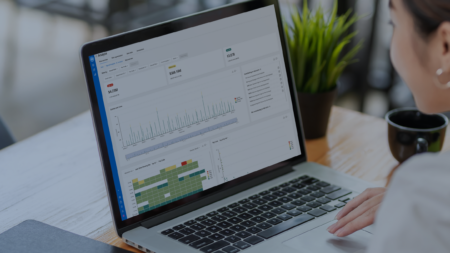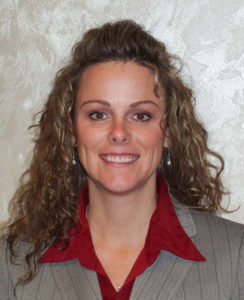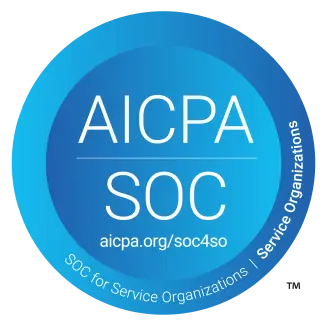Compared to humans, new technologies like Artificial Intelligence (AI) are ideal for automating mundane tasks related to auditing. AI can also verify every transaction and codify human knowledge, enabling auditors to review, analyze and audit more effectively. As big firms adopt AI in their auditing processes, smaller firms are also realizing the value and becoming frontrunners for this positive change in the industry.
Garbelman Winslow CPAs (“Garbelman Winslow”) is a full-service public accounting firm servicing businesses and non-profit organizations for over seventy years throughout the Washington, D.C. metropolitan area, has adopted the MindBridge Ai Auditor™. As part of our Customer Spotlight series, I had the chance to catch up with Samantha Bowling, CPA, CGMA, Partner at Garbelman Winslow. Samantha has been with the firm for over 25 years and has been involved with auditing services since her career started. She has utilized technology to enhance the audit process from paper to paperless and is now implementing AI to assist in risk assessment, audit assurance, and effectiveness.
Let’s meet Samantha!
John Colthart: Tell us about Garbelman Winslow.
Samantha: We are a small public accounting firm located in Prince Georges County, Maryland. Our firm has been in existence for seventy years. We provide various services to our clients: Audit, Review, Compilation, Tax, Bookkeeping, Payroll, CFO, Information Technology, Financial Planning and Consulting Services. Our clients include non-profit organizations, construction contractors, manufacturers, professional services, wholesalers, and distributors. We have utilized technology since our formation starting with a mainframe computer and punch cards to desktops and tablets. We provide services to other public accounting firms who do not invest in technology so that they can meet their customers’ needs. We are involved in the accounting profession so that we can make it better for everyone. We are not afraid of change and embrace technology to enhance efficiency for our office and for our clients.
John Colthart: What do you see as your biggest opportunity?
Samantha: The biggest opportunity I see is to be a part of the development of AI technology to make sure it really does enhance audit efficiency, reduce risk and produce a better audit. I believe our feedback during this implementation will help make AI relevant and demonstrate to other small firms that AI is available to them.
John Colthart: What do you see as the biggest threat or challenge?
Samantha: The threat is not embracing AI. I feel other small firms will not embrace the technology and they will no longer perform audits. Auditing services will move to larger firms. In today’s rapidly changing technology environment more and more “CPA” functions are being automated. If CPA’s at small firms stop performing audits, then they will have to redefine their services and relevance.
John Colthart: How do you plan to address it?
Samantha: Implementing MindBridge Ai Auditor™, providing feedback and making sure it works the way we need it to be the first step. Also, exploring additional uses; I believe this is a valuable management tool for outsourced CFO services as well as an oversight tool for all businesses looking to identify risk within their financial transactions. Ultimately using this platform to demonstrate the importance of AI supported services and explaining how it works to all Maryland CPAs.
John Colthart: What made you choose MindBridge Ai Auditor™? What are the features that you plan to use?
Samantha: I was looking for an affordable AI platform. I used my “Google” machine and this was the only application that I thought would work for my small firm. We plan to use all features in our implementation phase to assess which may be valuable to each of our clients, not just our audit clients.
To see an announcement of our relationship with Garbelman Winslow, please click here.








